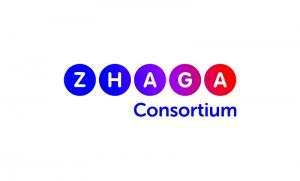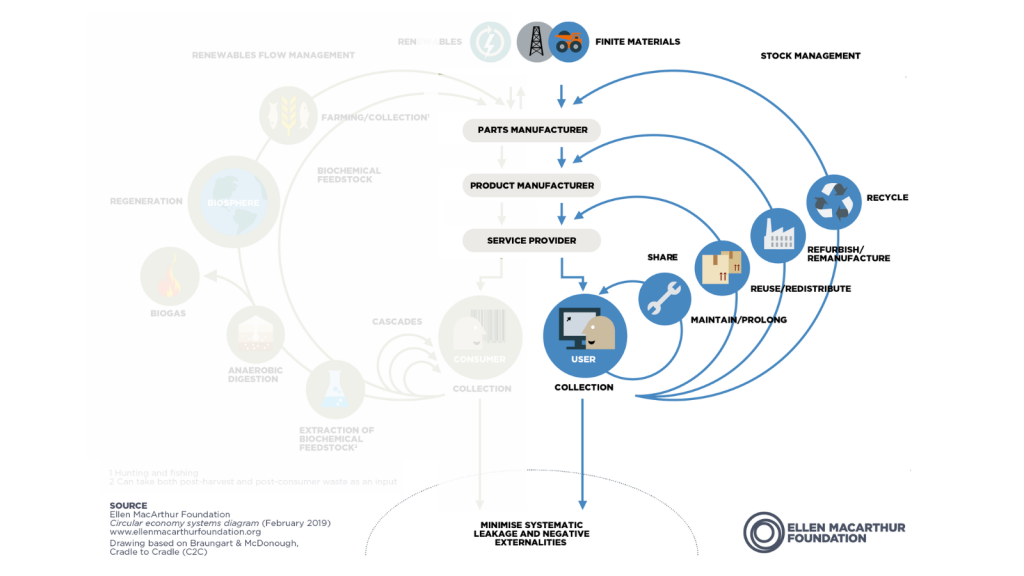A circular economy is an economic system that aims to limit the consumption of resources and materials and avoid landfilling waste. At Zhaga, the global lighting-industry consortium with the mission of standardising the interfaces of components of LED luminaires, we call this market framework ‘circularity lighting’.
“Circularity lighting encompasses products and systems that support the aims of the circular economy through enhanced serviceability,” says Armin Konrad, Senior Director at LEDVANCE GmbH.
According to Konrad, serviceability means LED luminaires and light management systems that are repairable, upgradable, replaceable and durable. “To be serviceable, these products and systems must be designed in a modular way and use component interfaces that are based on standardised and widely recognised specifications,” he adds.
Since 2010, Zhaga has been developing and standardising specifications for LED modules, intelligent sensors, communication modules and control gear for lighting manufacturers, specifiers and operators to apply in LED luminaires. Zhaga’s specifications, called Books, are book defining the interface of one or more components of an LED luminaire.
Together, interface specifications established by Zhaga Books enable an interoperable ecosystem of luminaires and components. Zhaga and its members contribute to ‘closing the loop’ as outlined by the Ellen McArthur Foundation’s butterfly diagram.
The Ellen McArthur butterfly diagram visualises the circular economy by showing the continuous flow of materials within a circular economy. The right-hand side of the diagram represents the technical cycle, which is relevant for products that are used rather than consumed, such as lighting products and components.
By specifying the interface properties of serviceable luminaires, all 26 Zhaga Books contribute to the ‘maintaining’ and ‘remanufacturing’ categories of the butterfly diagram, thus helping keep products in use and out of the landfill.
Simplifying Maintenance, Expanding the Lifecycle
While all Zhaga Books are directly tied to ‘closing the loop’, not every Book is needed all the time. The recipe for creating a circularity outdoor luminaire using Zhaga standards can involve a mix of Books 13, 18 and 19.
Zhaga Book 13 relates to LED drivers. Although not specific to outdoor luminaires, it plays a non-negotiable role in ensuring serviceability by defining what interface specifications of LED drivers can be used in combination with a wide range of luminaires.
Specific to outdoor luminaires is Book 18, which standardises control devices that can be installed onto streetlights. By specifying power and communication aspects, in addition to the mechanical fit system, the specification allows any certified control device to operate with any certified luminaire.
Also relevant to outdoor luminaires is Zhaga Book 19, which defines interface specifications, including keep-out volumes, for LED modules and lens plates enabling IP protection. The resulting ecosystem of LED modules and lens plates makes it possible to refurbish luminaires during their lifetime with new module-lens plate combinations, thus extending their use and fostering the circular economy.
“This makes field-repairability and field-replacement easy and extends the luminaire’s economic life,” remarks Creusen.
Lifecycle Data Enables Easy Repairs and Upgrades
Two other Zhaga Books that are relevant to the serviceability of outdoor luminaires are Books 24 and 25, both of which deal with Near Field Communication (NFC) technology. The extremely short-range wireless communication standard allows manufacturers to configure such lighting components as LED drivers to their specifications, both before and after installation.
NFC also lets you manage data over the luminaire’s entire lifecycle, from production to installation, maintenance, replacement and repair.
Luminaire manufacturers, installers, system integrators, and utility companies now have the option to select a single physical programming tool that will work with all field-maintenance applications from all vendors implementing Book 25 and all NFC-programmable devices implementing Book 24. 
Whereas Book 24 is geared towards luminaire manufactures, Book 25 defines a Bluetooth Low Energy communication protocol for communication between the field-maintenance application on a smart device and the NFC reader. In doing so, it enables maintenance and replaceability with a cross vendor harmonised method of NFC programming for in-field use.
According to Konrad, using Book 25 creates an enormous advantage in the field. “If an LED module is replaced by a more energy efficient LED module, Book 25 ensures that new operating parameters can be set wirelessly on the driver,” he says.
Zhaga Delivers Circularity Outdoor Lighting
The road to resource-efficient, circularity lighting starts with standardisation – exactly what Zhaga delivers. “By ensuring that luminaires and components can be repaired, upgraded, replaced or serviced, Zhaga is futureproofing outdoor lighting and promoting a circular economy,” says Creusen.
To enhance Zhaga’s global reach and impact on the circular economy, Zhaga Books are being transferred to the International Electrotechnical Commission.
To find out more how Zhaga addresses Sustainability and Circular Economy, please visit www.zhagastandard.org/circularitylighting.
Coming to the Smart City Expo, 7-9 Nov in Barcelona? Visit the Zhaga booth in Hall 2 #54.








Recent Comments